Home>Gardening & Outdoor>Landscaping Ideas>Why Is My Grass Turning Black In Spots
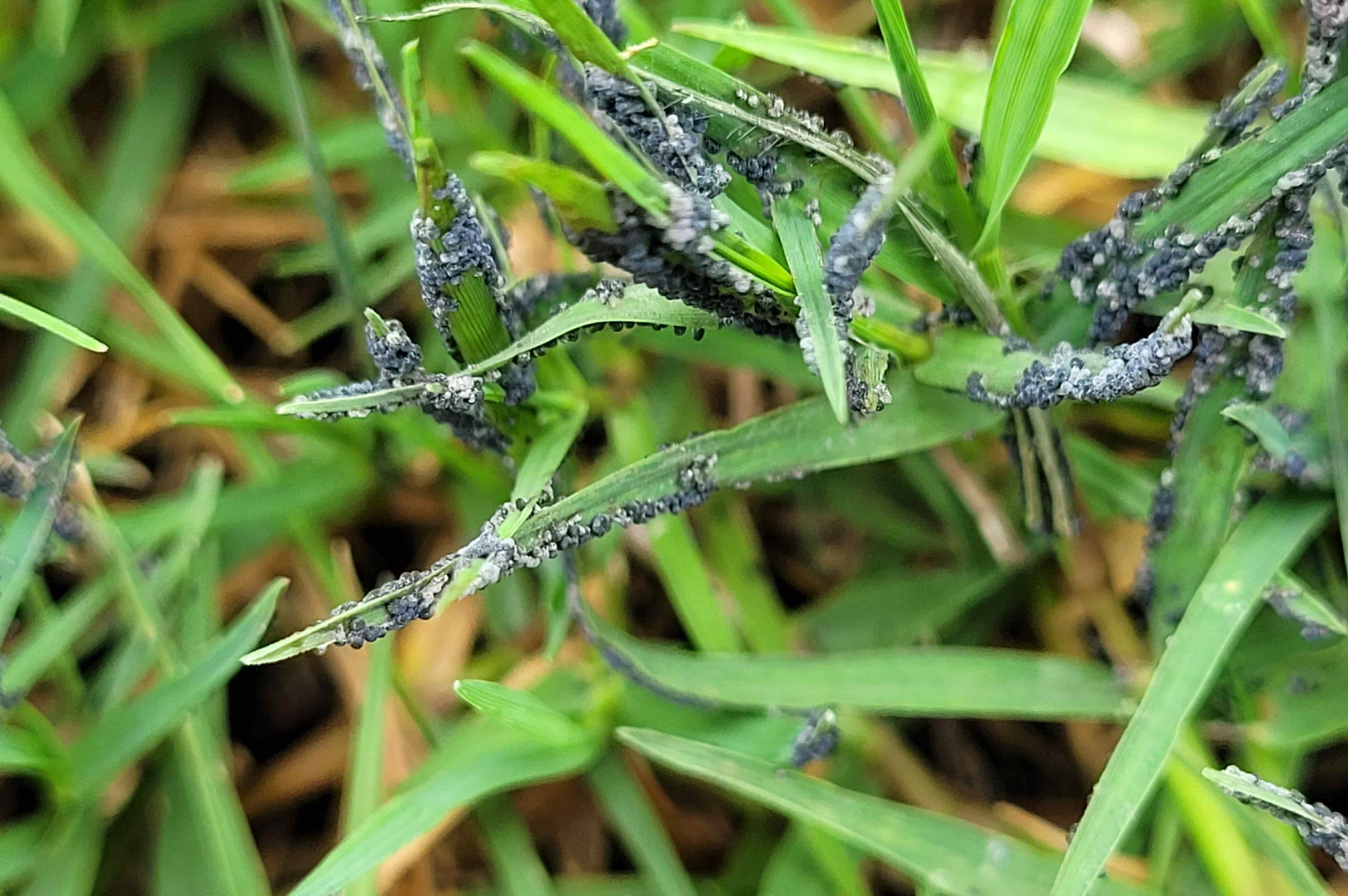

Landscaping Ideas
Why Is My Grass Turning Black In Spots
Modified: February 18, 2024
Discover effective landscaping ideas to address black spots in your grass. Learn how to restore the health and vibrancy of your lawn with expert tips and solutions.
(Many of the links in this article redirect to a specific reviewed product. Your purchase of these products through affiliate links helps to generate commission for Storables.com, at no extra cost. Learn more)
Introduction
Picture this: you step out into your yard, expecting to see a lush expanse of green grass, but instead, you notice something alarming – black spots scattered across your once-vibrant lawn. As a homeowner, this sight can be disheartening and may leave you wondering, “Why is my grass turning black in spots?” The appearance of black spots in your lawn is not only unsightly but can also signal underlying issues that need to be addressed promptly to restore your lawn’s health and beauty.
In this comprehensive guide, we will delve into the common causes of black spots in grass, including fungal diseases, insect infestations, and environmental stress. Furthermore, we will explore effective remedies and preventive measures to help you combat and prevent the recurrence of black spots in your lawn. By understanding the root causes and implementing targeted solutions, you can rejuvenate your lawn and ensure that it thrives for years to come.
Key Takeaways:
- Black spots in grass can be caused by fungal diseases, insect infestations, or environmental stress. Understanding these factors and implementing targeted remedies can help restore your lawn’s health and beauty.
- To prevent black spots in your grass, maintain optimal lawn care practices, monitor and manage pest activity, address soil compaction and drainage, and promote sunlight exposure. Proactive measures can safeguard your lawn against unsightly black spots.
Read more: Why Is My Ornamental Grass Turning Yellow
Common Causes of Black Spots in Grass
Black spots in grass can be attributed to various factors, each of which can impact the overall health and appearance of your lawn. By identifying the underlying causes, you can take proactive measures to address the issues and restore your lawn to its former glory. Let’s explore the primary culprits behind the emergence of black spots in grass:
- Fungal Diseases: One of the most prevalent causes of black spots in grass is the presence of fungal diseases, such as dollar spot, brown patch, or leaf spot. These diseases thrive in humid conditions and can manifest as small, dark spots on the grass blades. Fungal infections often spread rapidly, leading to widespread discoloration and deterioration of the lawn’s overall health.
- Insect Infestation: Certain insect pests, including sod webworms, chinch bugs, and armyworms, can wreak havoc on your lawn, resulting in the formation of black spots. These pests feed on grass blades and roots, causing localized damage that appears as dark, irregular patches across the lawn.
- Environmental Stress: Environmental factors, such as excessive moisture, poor drainage, compacted soil, or inadequate sunlight, can contribute to the development of black spots in grass. Overwatering, for instance, can create favorable conditions for fungal growth, while compacted soil restricts the grass’s access to essential nutrients and oxygen, leading to patchy, discolored areas.
Understanding these common causes is crucial in diagnosing the issues affecting your lawn. By pinpointing the specific factors at play, you can tailor your approach to effectively combat black spots and promote the rejuvenation of your grass. Now, let’s delve deeper into each of these causes to gain a comprehensive understanding of their impact on your lawn’s health.
Fungal Diseases
Fungal diseases are a prevalent and troublesome cause of black spots in grass, posing a significant threat to the overall vitality of your lawn. These diseases often thrive in environments characterized by high humidity, poor air circulation, and extended periods of leaf wetness, making them particularly problematic during warm, wet weather. Here are some common fungal diseases that can lead to the formation of black spots on your grass:
- Dollar Spot: This fungal disease, aptly named for the silver dollar-sized spots it creates, manifests as small, sunken lesions on grass blades. The affected areas initially appear light tan but eventually turn bleached or straw-colored, with dark borders that give them a blackened appearance.
- Brown Patch: Often prevalent in cool-season grasses, brown patch is characterized by circular or irregularly shaped areas of blighted turf. The affected grass turns a brownish color, with dark lesions and black spots developing on the blades, particularly at the outer edges of the patches.
- Leaf Spot: Leaf spot diseases typically result in the formation of small, dark lesions on grass blades, which can coalesce to form larger, irregularly shaped spots. As the disease progresses, the affected areas may exhibit blackening and thinning of the grass, leading to a patchy, discolored appearance.
These fungal diseases not only mar the visual appeal of your lawn but also compromise its overall health and resilience. As the black spots spread and intensify, they can weaken the grass, making it more susceptible to further damage and environmental stress. To effectively combat fungal diseases and the black spots they cause, targeted remedies and preventive measures are essential. In the following sections, we will explore actionable strategies to address fungal diseases and restore the vibrancy of your grass.
Insect Infestation
In addition to fungal diseases, insect infestations can significantly contribute to the development of black spots in grass, signaling the presence of destructive pests that can wreak havoc on your lawn. Understanding the common insect culprits and their impact is crucial in effectively addressing the underlying issues. Here are some prevalent insect pests that can lead to the formation of black spots on your grass:
- Sod Webworms: These caterpillar larvae are notorious for feeding on grass blades, often resulting in irregular patches of damaged turf. As they consume the grass, they can create blackened, thinning areas that detract from the overall lushness of the lawn.
- Chinch Bugs: Chinch bugs are small, winged insects that puncture grass blades and suck out the juices, causing localized damage that appears as blackened, wilted patches. Their feeding activity can lead to the formation of irregular, discolored areas across the lawn.
- Armyworms: These voracious pests are known for their rapid consumption of grass, resulting in extensive damage that can manifest as black spots and thinning turf. Their feeding behavior can create unsightly, patchy areas that detract from the uniformity of the lawn.
When left unchecked, insect infestations can intensify, leading to widespread damage and the proliferation of black spots throughout the grass. It is essential to promptly identify and address the presence of these pests to mitigate their impact and prevent further deterioration of the lawn. By implementing targeted remedies and preventive measures, you can effectively combat insect infestations and restore the health and beauty of your grass. In the subsequent sections, we will delve into actionable strategies to address insect-related black spots and rejuvenate your lawn.
Check for overwatering or fungal diseases. Overwatering can lead to root rot and black spots. Fungal diseases like brown patch or dollar spot can also cause black spots on grass. Adjust watering and use fungicide if needed.
Environmental Stress
Environmental stressors can exert a profound impact on the health and appearance of your lawn, potentially leading to the emergence of black spots in the grass. These stressors encompass a range of factors, including moisture levels, soil conditions, and sunlight exposure, all of which can influence the grass’s resilience and susceptibility to discoloration and damage. Let’s explore the key environmental stressors that can contribute to the development of black spots in grass:
- Excessive Moisture: Overly wet conditions, whether due to heavy rainfall or overwatering, can create an environment conducive to fungal growth, resulting in the formation of black spots on the grass. The prolonged presence of moisture on the blades and soil can lead to the onset and spread of fungal diseases, compromising the overall health of the lawn.
- Poor Drainage: Inadequate drainage can lead to waterlogged soil, depriving the grass roots of essential oxygen and nutrients. As a result, localized areas of the lawn may exhibit black spots and discoloration, signaling the impact of poor drainage on the grass’s vitality.
- Compacted Soil: Soil compaction restricts the movement of air, water, and nutrients within the soil, impeding the grass’s ability to thrive. As a consequence, compacted soil can contribute to the development of black spots and weakened turf in affected areas of the lawn.
- Inadequate Sunlight: Grass that is deprived of sufficient sunlight may display signs of stress, including discoloration and the formation of black spots. Shaded areas of the lawn are particularly susceptible to these issues, necessitating targeted measures to promote healthy growth and resilience.
By recognizing and addressing these environmental stressors, you can mitigate their impact on your lawn and prevent the formation of black spots. Implementing remedial actions tailored to the specific stressors affecting your grass can foster a healthier, more vibrant lawn. In the subsequent sections, we will delve into effective remedies and preventive measures to combat the effects of environmental stress and rejuvenate your grass, ensuring its long-term vitality and beauty.
Read more: Why Do Mirrors Get Black Spots
Remedies for Black Spots in Grass
Addressing black spots in grass requires a targeted approach that targets the underlying causes, whether they stem from fungal diseases, insect infestations, or environmental stress. By implementing effective remedies, you can rejuvenate your lawn and restore its lush, vibrant appearance. Let’s explore actionable strategies to combat black spots and promote the recovery of your grass:
- Fungal Disease Control: To combat fungal diseases and the black spots they cause, consider applying fungicidal treatments specifically formulated to target prevalent fungal pathogens. Additionally, improving air circulation, avoiding overwatering, and promoting balanced soil moisture can help create an environment less conducive to fungal growth, aiding in the recovery of the affected areas.
- Insect Pest Management: Addressing insect infestations requires targeted pest control measures, such as the application of insecticidal treatments designed to eradicate destructive pests. Regular monitoring of the lawn for signs of pest activity and prompt intervention can help prevent the formation of black spots and minimize the impact of insect damage.
- Soil and Lawn Care: Implementing proper soil aeration, addressing drainage issues, and promoting healthy lawn care practices, such as mowing at the appropriate height and fertilizing as needed, can bolster the grass’s resilience and aid in the recovery of black spot-affected areas. Additionally, overseeding to fill in damaged patches can contribute to the uniformity and health of the lawn.
By tailoring your approach to address the specific causes of black spots in your lawn, you can effectively combat the issues at hand and foster the rejuvenation of your grass. It’s essential to monitor the progress of your remedial efforts and make adjustments as needed to ensure optimal results. In the following section, we will explore preventive measures aimed at safeguarding your lawn against the recurrence of black spots, promoting its long-term health and vitality.
Preventive Measures
Preventing the recurrence of black spots in your grass is paramount to maintaining a healthy, vibrant lawn. By implementing proactive measures aimed at fortifying the grass’s resilience and mitigating the impact of potential stressors, you can safeguard your lawn against future issues. Let’s explore key preventive measures to protect your grass from the formation of black spots:
- Maintain Optimal Lawn Care Practices: Regular mowing at the appropriate height, proper irrigation to avoid overwatering, and timely fertilization can contribute to the overall health and vigor of the grass, reducing its susceptibility to stress and disease.
- Promote Adequate Air Circulation: Trimming back overhanging branches and ensuring proper spacing between plants can enhance air circulation, reducing the likelihood of prolonged leaf wetness and fungal disease development.
- Monitor and Manage Pest Activity: Regularly inspecting the lawn for signs of insect pests and promptly addressing any infestations can prevent widespread damage and the formation of black spots caused by destructive pests.
- Address Soil Compaction and Drainage: Implementing soil aeration and addressing drainage issues can improve soil structure and moisture distribution, minimizing the impact of compaction and waterlogged conditions on the grass.
- Promote Sunlight Exposure: Where feasible, pruning back foliage to allow for increased sunlight exposure can benefit shaded areas of the lawn, reducing the risk of stress-related issues and black spot formation.
By integrating these preventive measures into your lawn care routine, you can proactively protect your grass from the onset of black spots and related issues. Consistent monitoring and attentive maintenance can help you identify and address potential stressors before they compromise the health and appearance of your lawn. With a proactive approach and a focus on promoting the resilience of your grass, you can enjoy a lush, thriving lawn that is resilient against the emergence of black spots.
Conclusion
The presence of black spots in your grass can be a cause for concern, signaling underlying issues that require prompt attention and targeted remedies. Whether stemming from fungal diseases, insect infestations, or environmental stress, these black spots detract from the visual appeal of your lawn and can compromise its overall health and resilience. By understanding the common causes and implementing effective remedies and preventive measures, you can rejuvenate your lawn and safeguard it against the recurrence of black spots.
Addressing fungal diseases necessitates targeted fungicidal treatments and environmental modifications to create a less favorable habitat for fungal pathogens. Similarly, managing insect infestations requires vigilant monitoring and the application of insecticidal treatments to mitigate the impact of destructive pests. Additionally, promoting optimal soil and lawn care practices, addressing drainage issues, and enhancing air circulation can fortify the grass’s resilience and aid in the recovery of affected areas.
Furthermore, integrating preventive measures, such as maintaining optimal lawn care practices, monitoring pest activity, and addressing soil compaction and drainage, can safeguard your lawn against the formation of black spots. By promoting a proactive approach to lawn maintenance and attentive monitoring, you can protect your grass from potential stressors and enjoy a lush, vibrant lawn that is resilient against the emergence of black spots.
In essence, by identifying the underlying causes, implementing targeted solutions, and prioritizing proactive lawn care, you can rejuvenate your grass and ensure its long-term health and beauty. With a comprehensive understanding of the factors contributing to black spots and a strategic approach to remediation and prevention, you can cultivate a thriving, resilient lawn that remains free from the unsightly blemishes of black spots.
Frequently Asked Questions about Why Is My Grass Turning Black In Spots
Was this page helpful?
At Storables.com, we guarantee accurate and reliable information. Our content, validated by Expert Board Contributors, is crafted following stringent Editorial Policies. We're committed to providing you with well-researched, expert-backed insights for all your informational needs.

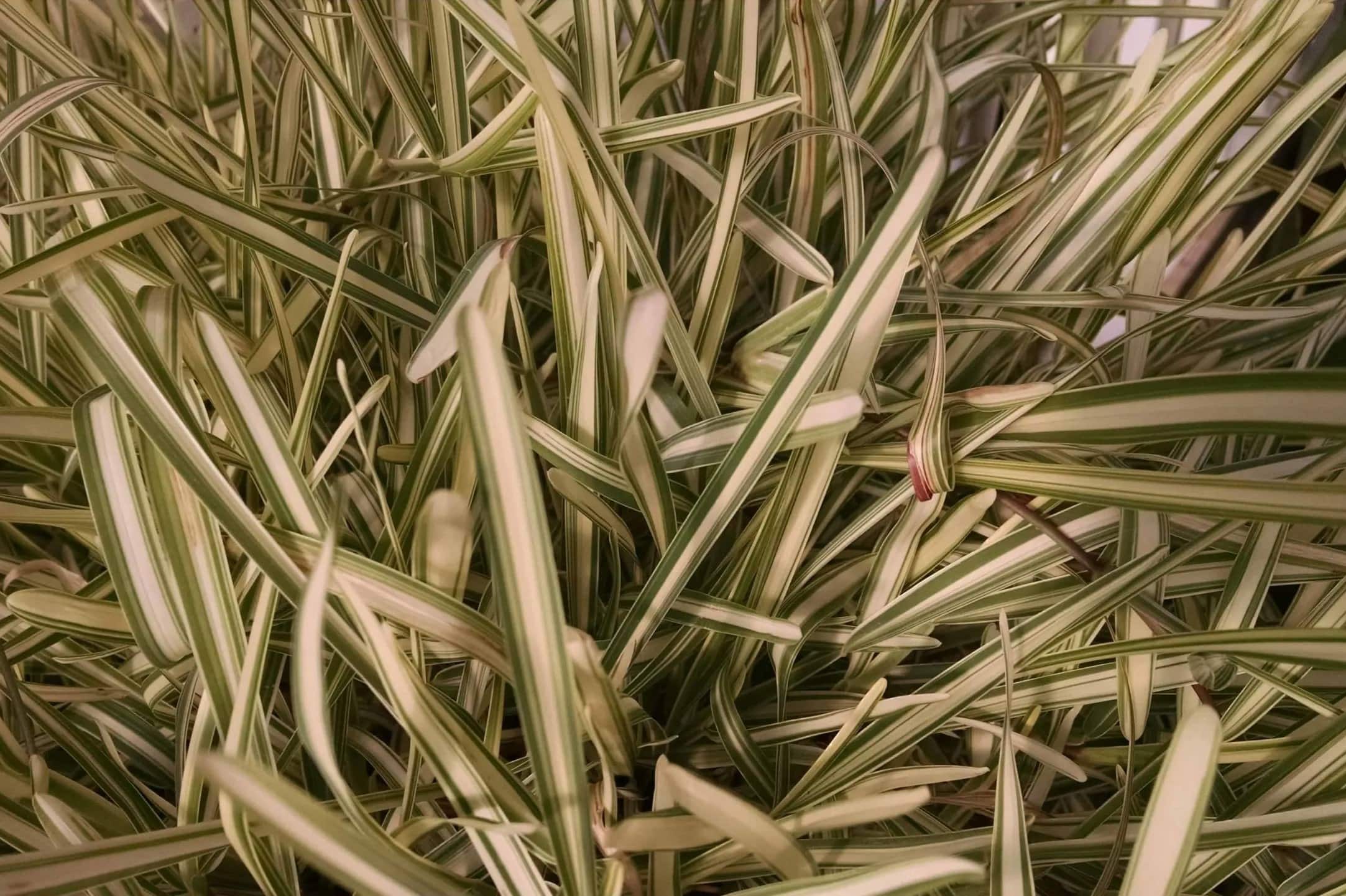
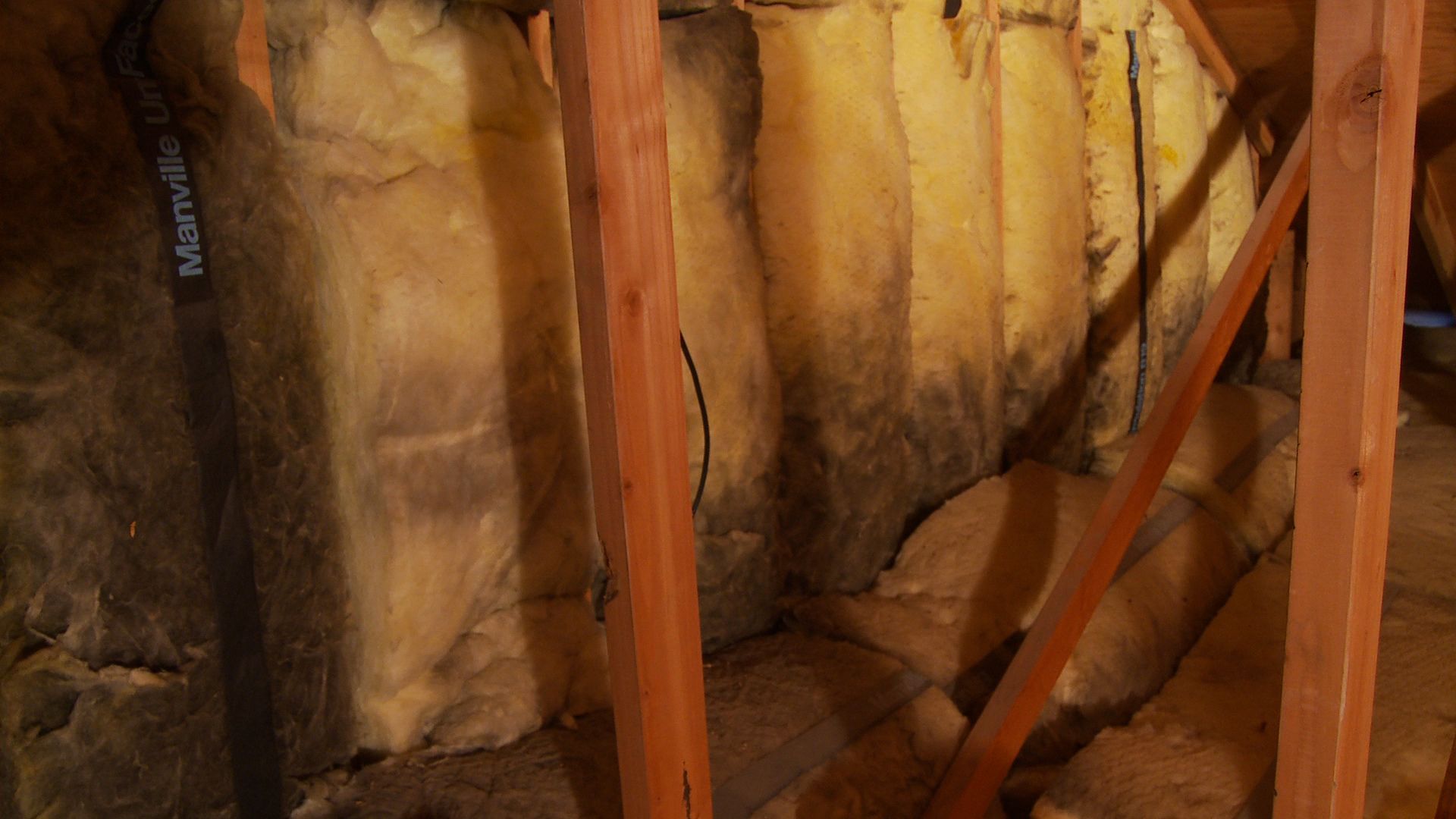
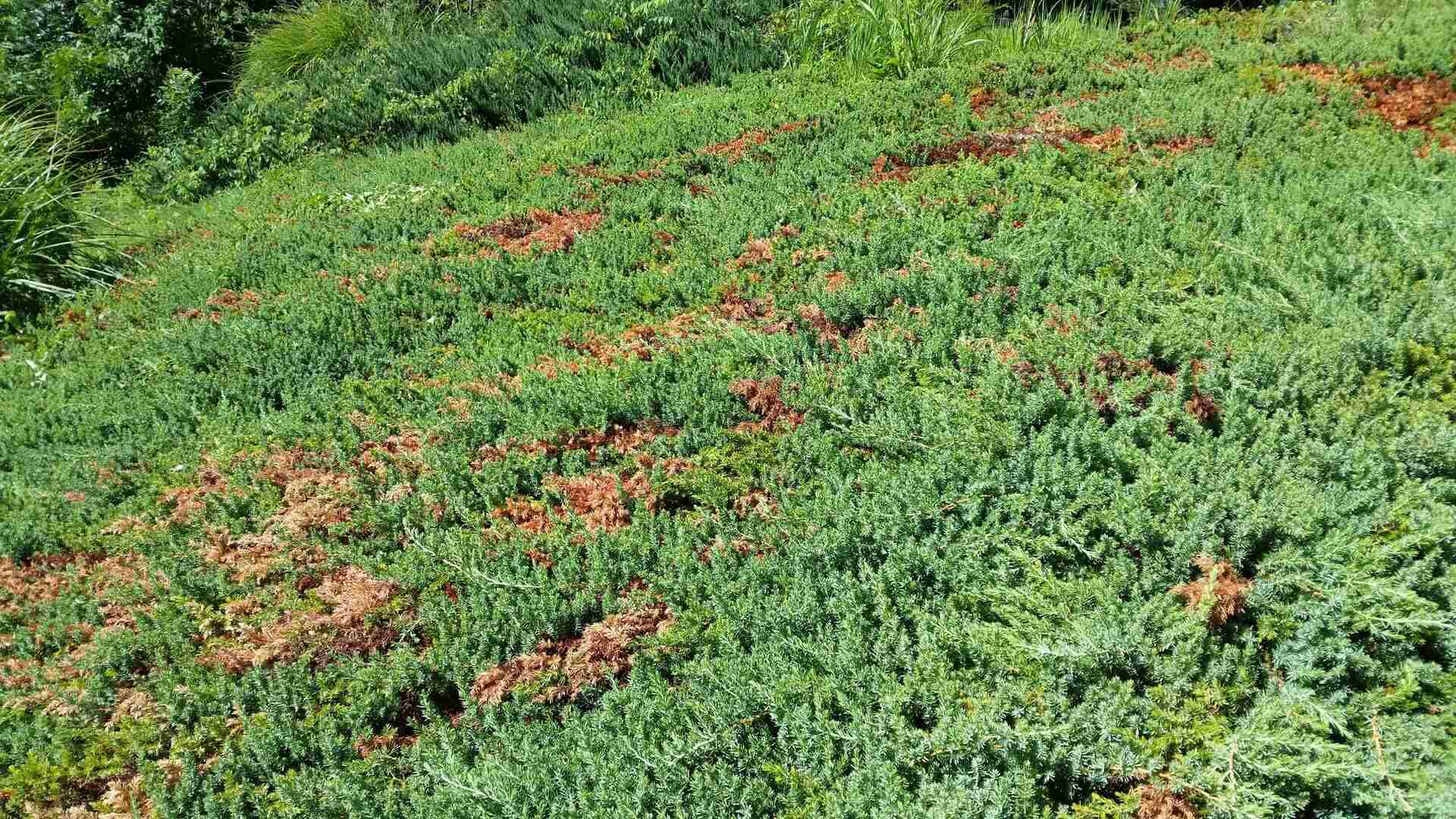
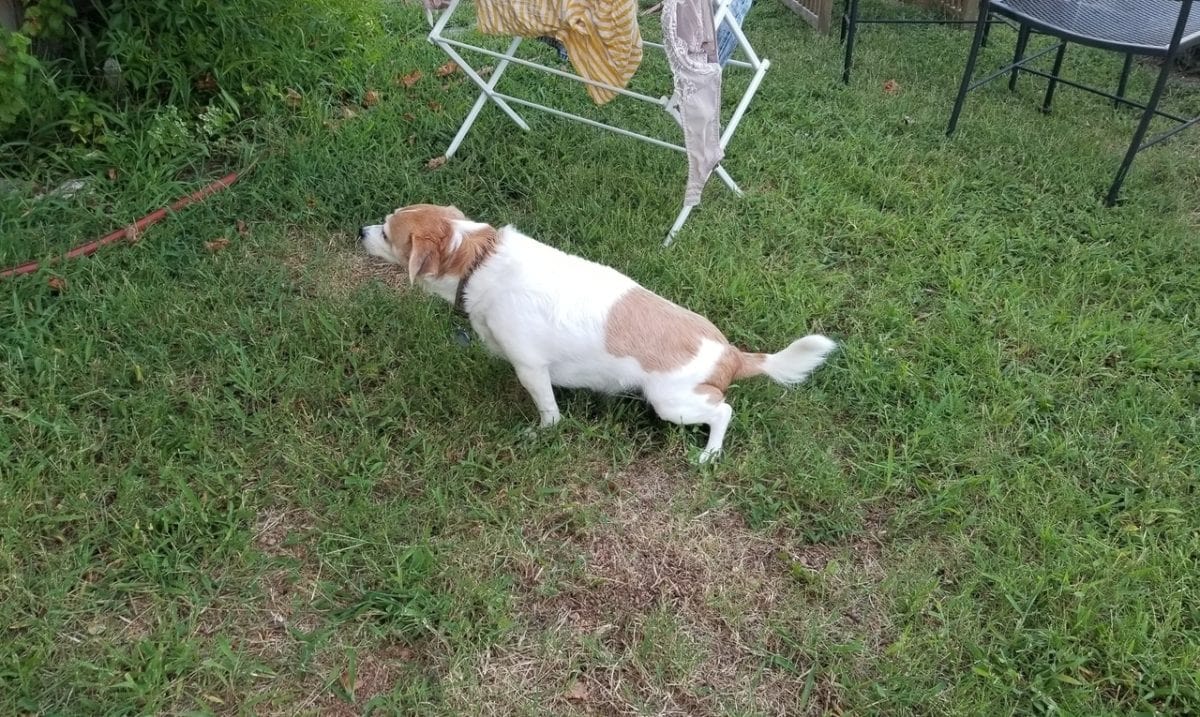
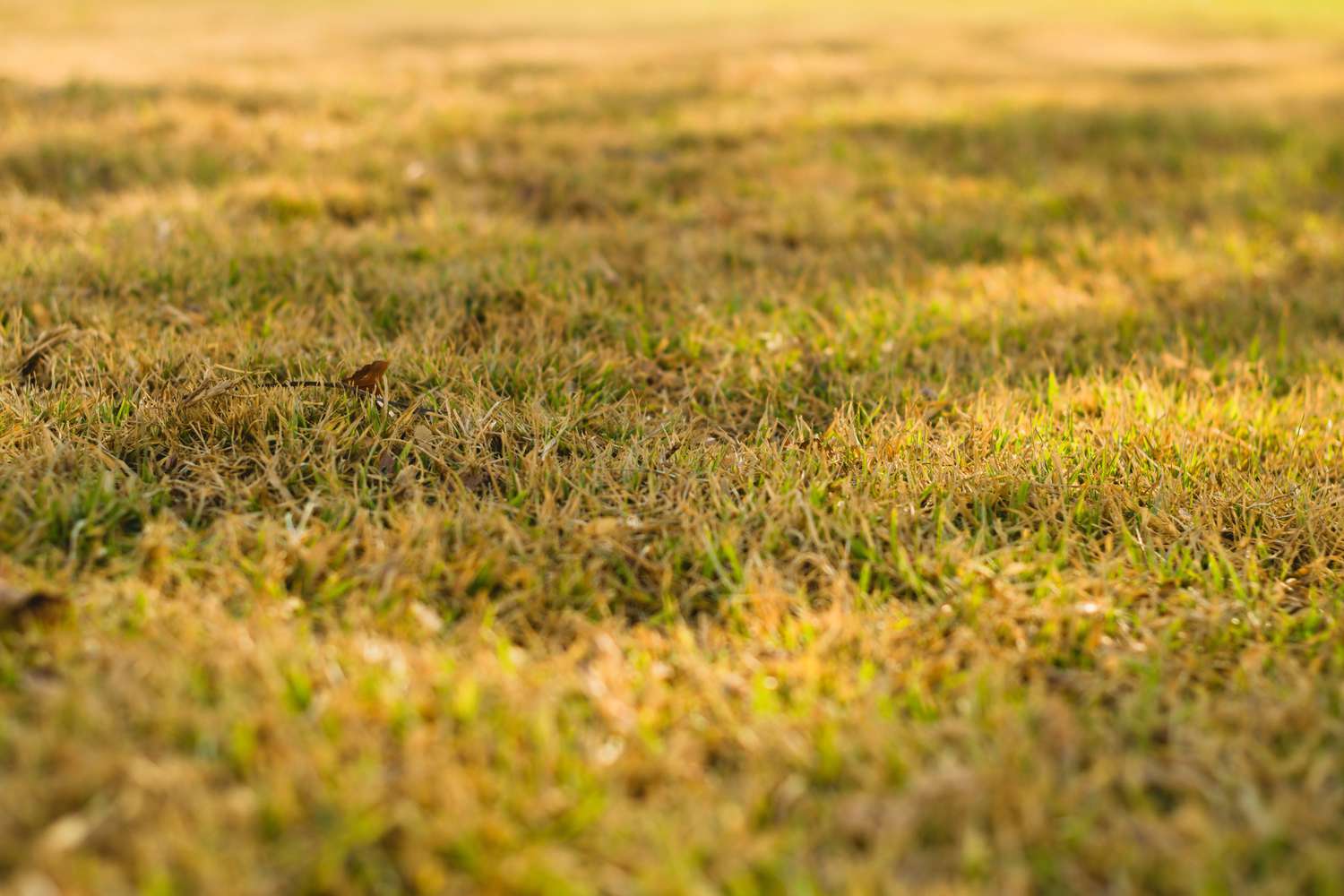
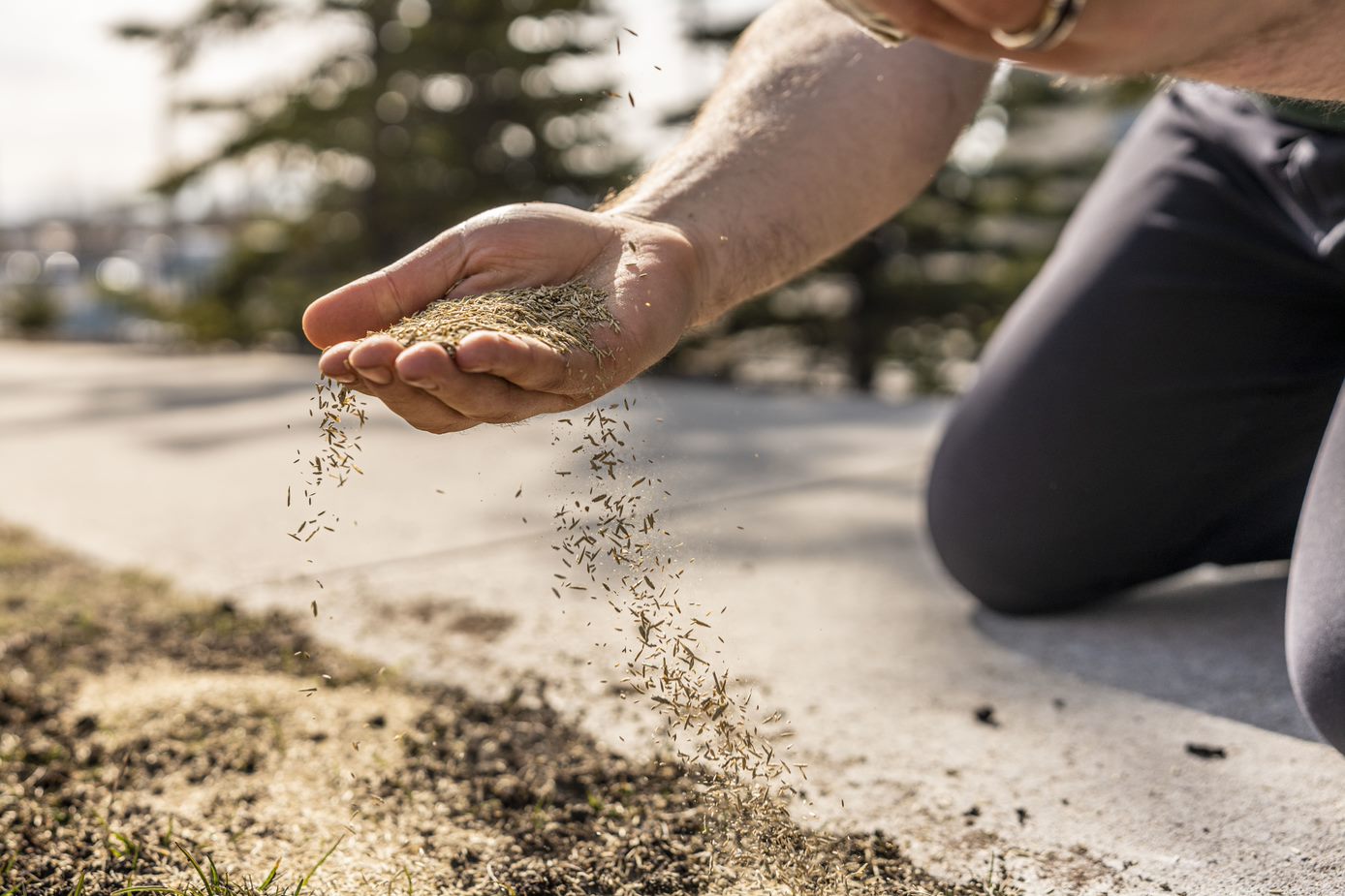
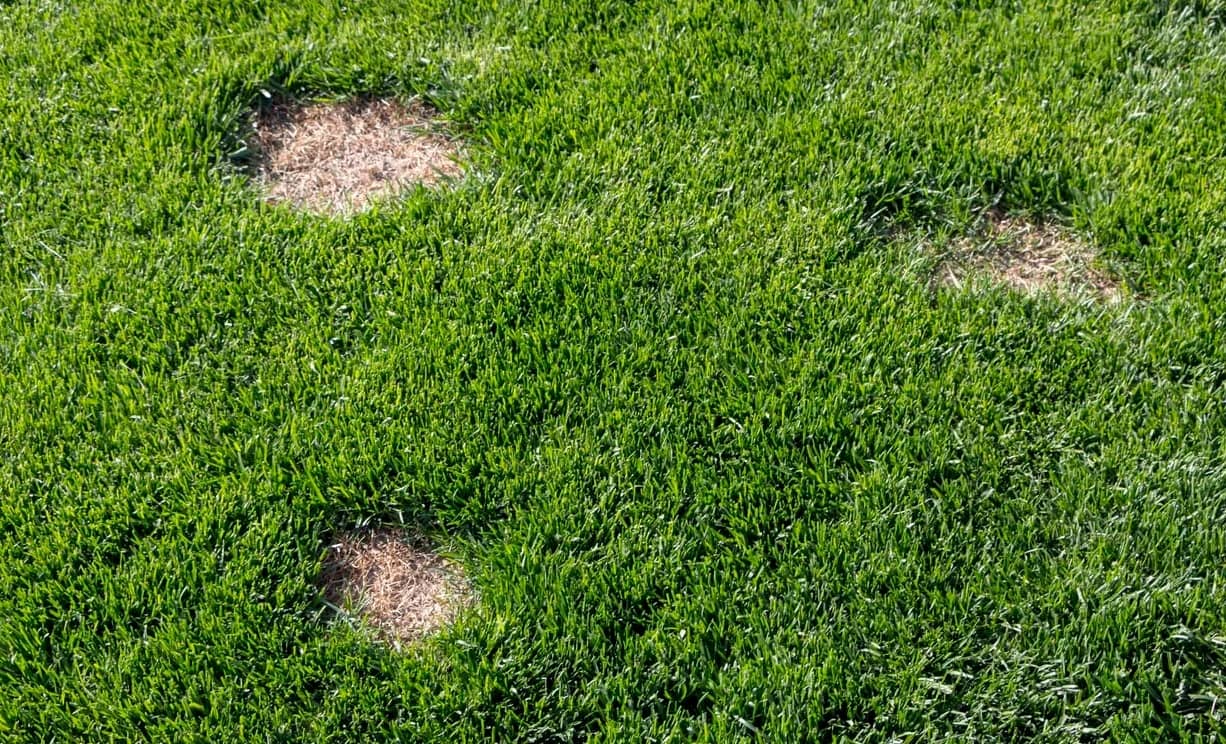




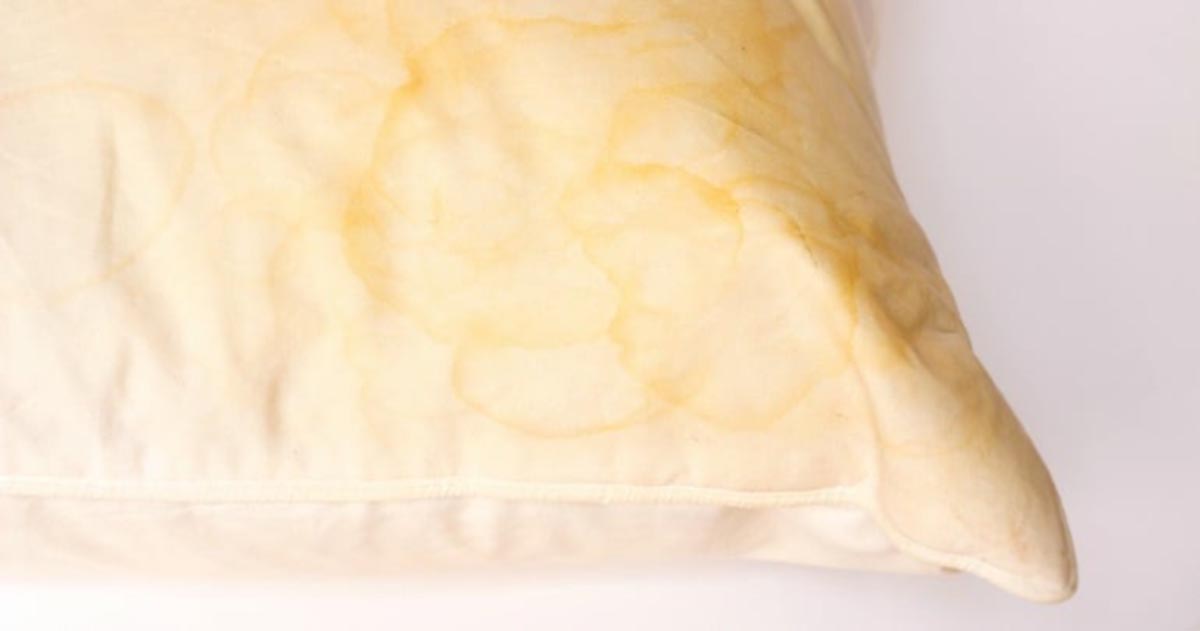


0 thoughts on “Why Is My Grass Turning Black In Spots”